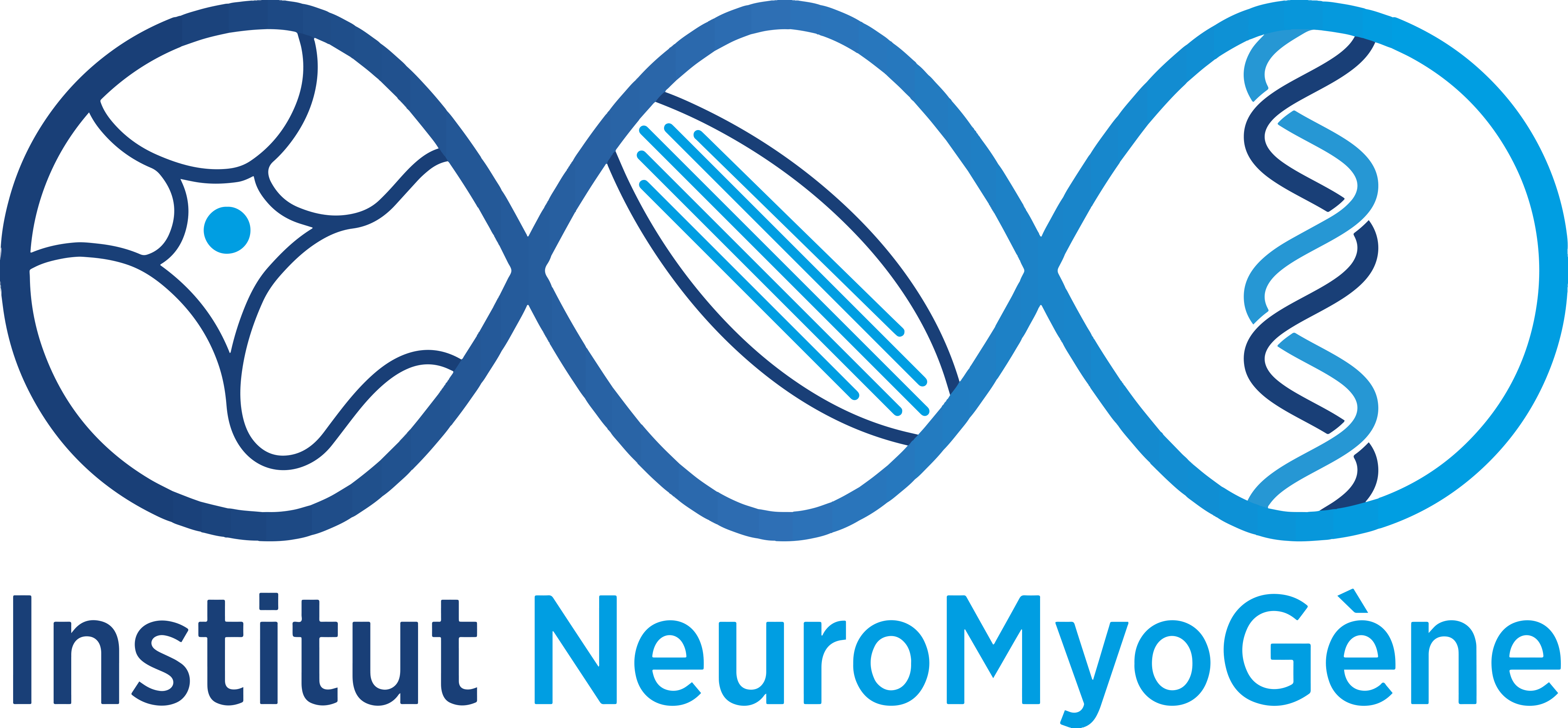Abstract
In this seminar we will illustrate a method for using artificial intelligence to solve a general problem in image analysis in biology. The seminar is aimed at a wide audience from all disciplines without mathematical formalisms.
The analysis of microscopic images of bacterial cells requires robust segmentation tools. Approaches based on direct thresholding of intensity areas often fail to segment densely packed bacterial colonies. To address this issue, we developed MiSiC, a general 2D segmentation method based on deep learning that automatically segments single bacteria in complex images of bacterial communities. One of the key advantages of MiSiC is its minimal settings requirement, as it can utilize different microscopy modes (phase contrast, fluorescence, bright field) with the same predictive model. In the first part of this presentation, I will discuss our supervised training strategies for this model, without delving into the details of its programming architecture. In the second part we will look at some practical applications of image analysis, such as the study of cell motility, the spatial organisation of cells and the spread of viral infections.
Refs
Swapnesh Panigrahi, Dorothée Murat, Antoine Le Gall, Eugénie Martineau, Kelly Goldlust, Jean-Bernard Fiche, Sara Rombouts, Marcelo Nöllmann, Leon Espinosa, Tâm Mignot (2021) Misic, a general deep learning-based method for the high-throughput cell segmentation of complex bacterial communities eLife 10:e65151

